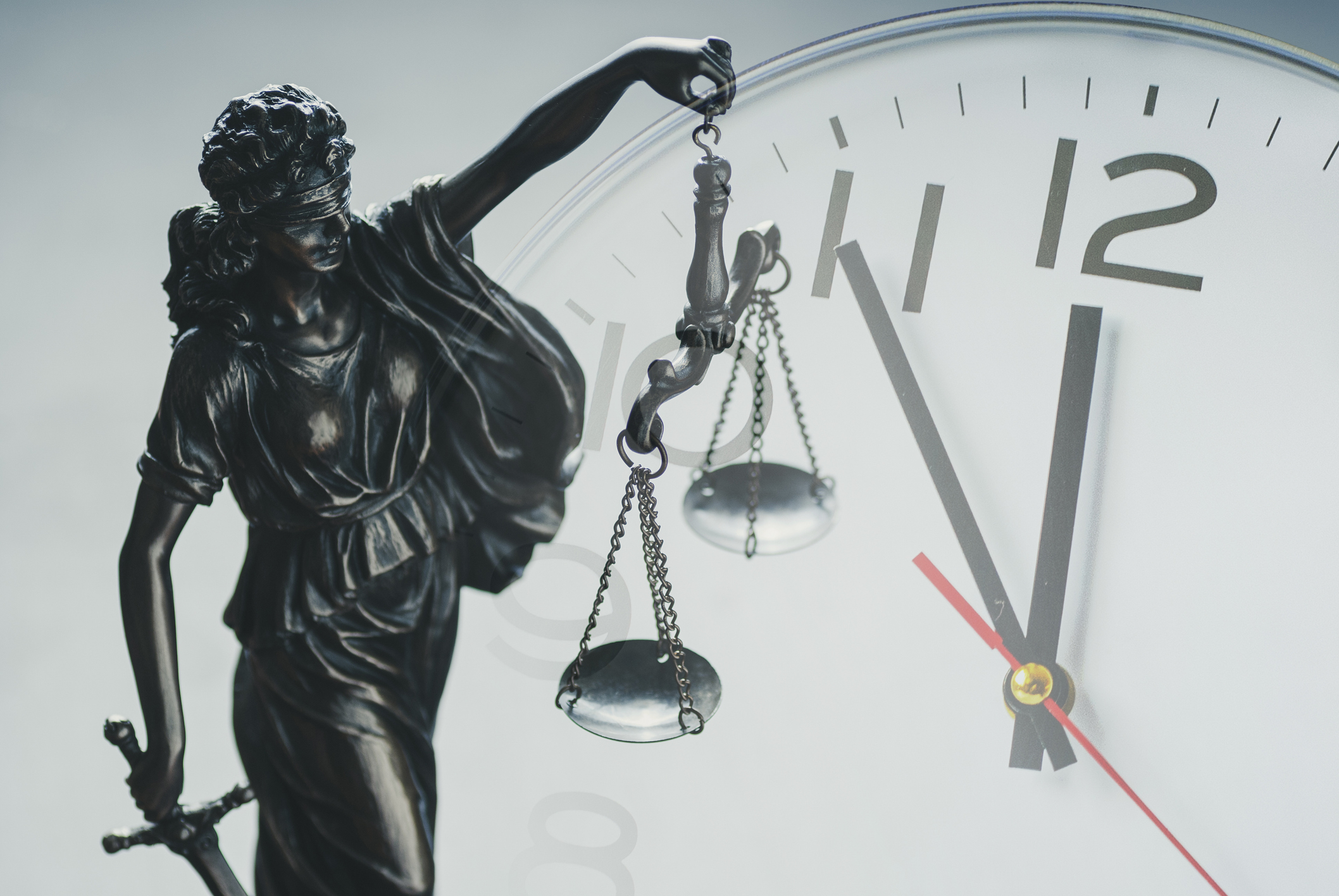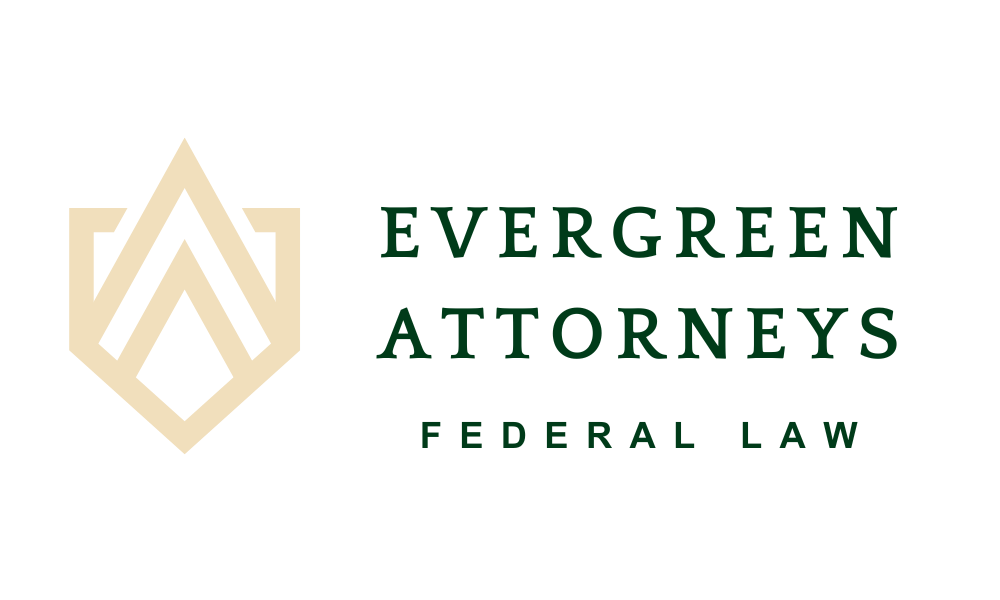Share
Share

For many federal criminal defendants, a 2255 motion to vacate is a last opportunity to challenge their conviction or sentence in federal court. Unfortunately, we hear all too often how many defendants are unaware of their ability to file a 2255 motion, and they only find out after the statute of limitations date has passed. Generally speaking, a federal defendant has one year after their conviction becomes final to file a motion under 28 U.S.C. § 2255. When a conviction becomes final depends on the facts of the individual’s case; and, in some circumstances, a 2255 motion may be filed even later.
Determining the statute of limitations for a 2255 motion can be complicated. Since the clock is literally ticking in many cases, we strongly urge you contact a federal criminal defense attorney knowledgeable in post-conviction motions to assist in determining how long you have to file a 2255 motion after you have been sentenced.
What is a 2255 Motion to Vacate?
Put simply, a 28 U.S.C. § 2255 motion is often a federal defendant’s last line of defense to challenge their case in federal court. Click here for more information on what is a 2255 motion and how it can help in your or a loved one’s case.
What is a Statute of Limitations?
A statute of limitations is a law that prohibits bringing a claim after a set amount of time. In the context of a motion to vacate under 28 U.S.C. § 2255, the statute of limitations is set out under Title 28, Section 2255(f) of the United States Code.
What is the Statute of Limitations for a 2255 Motion?
Under § 2255(f), a federal defendant has 1 year to file a 2255 motion after the latest one of the following:
(1) the date on which the judgment of conviction becomes final;
(2) the date on which the impediment to making a motion created by governmental action in violation of the Constitution or laws of the United States is removed, if the movant was prevented from making a motion by such governmental action;
(3) the date on which the right asserted was initially recognized by the Supreme Court, if that right has been newly recognized by the Supreme Court and made retroactively applicable to cases on collateral review; or
(4) the date on which the facts supporting the claim or claims presented could have been discovered through the exercise of due diligence.
Breaking Down the Statute
As with most federal statutes, section 2255 is not written for the average person to comprehend. There are even some instances of attorneys misinterpreting the statute of limitations date for a 2255 motion. It is extremely important to consult with experienced federal defense attorneys to determine how long you have to file a 2255 motion.
When a Judgment of Conviction Becomes “Final”
The vast majority of 2255 motions are timely filed under 28 U.S.C. § 2255(f)(1)–one year after the date judgment of conviction becomes final. However, when a judgment becomes “final” for 2255 purposes depends on a number of factors. It is important to note that “judgment of conviction” means the date the actual written judgment was entered on the docket, not necessarily the date of sentencing. Sometimes these occur on the same day. However, it is common practice in many districts for the written judgment to be entered several days after the sentencing hearing takes place.
We have detailed the most common examples for determining when a judgment is “final” in the 2255 context. Note that statute of limitations dates falling on federal holidays or weekends may change the calculation. Always consult with an attorney to ensure you have the correct date.
Example 1: No Direct Appeal Filed
When a federal defendant does not file a direct appeal, judgment becomes final 14 days after it is entered on the docket. This is because judgment does not become final until after the time to file a direct appeal has expired. Fed. R. App. P. 4. For example, if judgment was entered on June 1st, and no appeal was filed, the judgment becomes final 14 days later on June 15. The defendant has one year from that date to file a 2255 motion.
Example 2: Direct Appeal Filed and No Cert. Petition
The defendant’s judgment is entered on June 1st. The defendant timely appeals and the judgment is affirmed by the federal court of appeals on December 1st. The defendant has 90 days to file a cert. petition to the Supreme Court. If the defendant does not file with the Supreme Court, then judgment becomes final on March 1st. The defendant has one year from that date to file a 2255 motion. Clay v. United States, 537 U.S. 522 (2003).
Example 3: Direct Appeal and Certiorari Filed
In the same scenario as above, but the defendant files a petition for certiorari to the United States Supreme Court. If the cert. petition is denied then judgment of conviction becomes final on that date. The defendant has one year from the date cert. was denied to timely file a 2255 motion.
Example 4: Direct Appeal and Petition for Rehearing
An alternative example would be filing a petition for rehearing on direct appeal. A petition for rehearing extends the time to file a cert. petition to the Supreme Court. If rehearing is denied, the defendant has 90 days from the denial to seek certiorari. If cert. if not sought, then judgment becomes final 90 days after the denial of a petition for rehearing.
One thing you do not want to do is be unsure on your statute of limitations date. It is very important to file your motion timely or risk being denied the opportunity to file for 2255 relief. If you have questions about how long you have to file, contact us today to discuss your case.
Statute of Limitations Date Not Based on Final Judgment
As discussed above, there are three other scenarios under § 2255(f) that may be applicable in determining the statute of limitations for a 2255 motion that is not based on when judgment of conviction becomes final. Cases falling under these subsections are rare and very fact-specific and individualized. If you believe you or a loved one may be able to timely file a 2255 motion under one of these subsections, contact us today for a free consultation.
Can I Still File a 2255 Motion if I am Past the Statute of Limitations Date?
Timeliness is not a jurisdictional bar to filing a 2255 motion. However, the government will almost always move to dismiss if a 2255 motion is filed outside the statute of limitations. And even if the government does not raise timeliness as a defense, the court can still find the motion untimely on its own discretion.
Even so, in exceptional circumstances, a 2255 motion may be filed out of time if the defendant can meet the stringent requirements to establish “equitable tolling.” This is a very high burden, and the courts routinely reject claims for equitable tolling.
Being outside your statute of limitations date is not a per se bar on filing a 2255 motion; however, it is extremely important that you consult with an attorney to explore your options.
Contact the 2255 Lawyers at Evergreen Attorneys Today
Whether you have questions about the time you have to file, whether you can file, or what you can raise in a 2255 motion, the lawyers at Evergreen Attorneys can help. Remember that time is an essential factor in seeking 2255 relief, so do not wait until it is too late. Contact us today at (303) 948-1489 or [email protected] to talk with one of our attorneys about your case.
David Boyer
It was David’s passion for the law and helping others that led him to becoming an attorney. He particularly enjoys appellate and post-conviction work.
David is proud to offer representation nationwide from his office in Plano, Texas.
STAY IN THE LOOP
Subscribe to our free newsletter.
Colorado Healthcare Fraud Investigations Colorado [...]
The OIG’s Audit of the [...]



